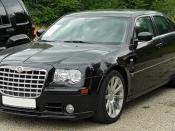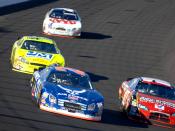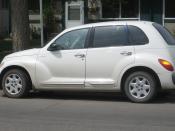Daimler-Chrysler Case
Background
In 1998, German Daimler-Benz and American Chrysler Corporation merged into what was referred to (by Business Week) as "a marriage made in automotive heaven... (that) is set to transform the way the auto industry operates worldwide.". The two companies announced it as a "merger of equals".
This fusion of two of the world's most profitable auto manufacturers was the largest industrial merger in history. The new behemoth's worth was estimated at $40 Billion and was expected to generate $130 Billion in annual revenue and employ over 400,000 people.
Daimler-Chrysler Strengths
Daimler Chrysler
Jurgen Schrempp Bob Eaton
German Engineers American Marketing professionals
Renowned as the planet's premium luxury car maker World's most profitable and cost efficient car maker
Class / luxury Mass / volume
What went wrong?
o Transatlantic culture clash.
o Chrysler dream team left the company. Bob Lutz (the man behind trendy designs and aggressive cost cutting) was not given a role in DiamlerChrysler by Eaton; thus Lutz left, and a dozen key executives left with him.
As a result, Chrysler lost its discipline and production costs increased.
o CEO Jim Holden and his team failed to anticipate the flagging popularity of its aging minivan line and the enormous demand for the PT Cruiser.
o Low cash reserves; reserves would go as low as US$ 2billion.
o Post merger integration committee did not materialize.
o Lost US$512M, its first in nine years
o Stock price dropped by half.
The original plans for a top-to-bottom merger of all Daimler and Chrysler operations were never realized. Post merger integration committees were formed to work out details but this came to an abrupt halt after top sales executives argued that a complete merger would dilute the brand image of both Chrysler and Mercedes.
Analysis
At first glance, it would...


